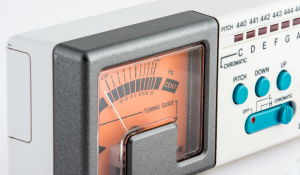
Whenever I give clinics, the usual questions about practicing or instrument/mouthpiece choice inevitably arise. The questions that never get asked are about the other, non-musical things that go into a successful music career – and they are numerous. This is the stuff that doesn’t get talked about much in music classes, and comprises the vast majority of what I do on a daily basis. Recently, while talking to class of collegiate trumpet players, the professor (who is also one of my former teachers and knows me pretty well) asked me to tell the students how many companies I run. Here it goes (and I’ll try to keep it brief):








